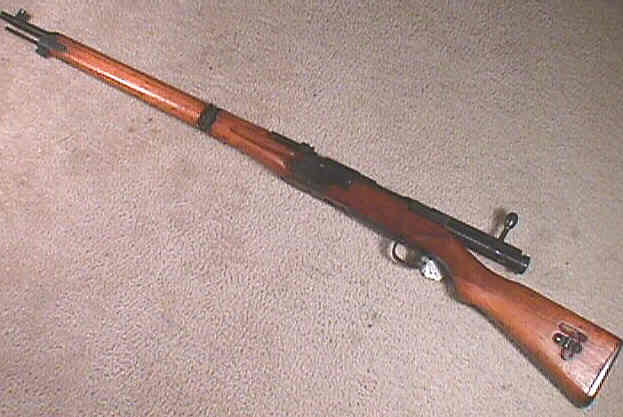
The following information is from the book The Japanese Type 99 Short Rifle, page 20.
"Model 2 Paratroop Rifle
After experimenting with the Model 100 paratroop rifle and recognizing the weakness of the interrupted thread connection between the barrel and receiver, the Arsenal, in conjunction with the 1st Army Technical Research Institute, developed the Model 2 design. Military Rifles of Japan notes that the Model 2 configuration rifle was completed in October 1942, and in May 1943 the design was adopted as the Model 2 rifle. Production began in 'late 1943'.A proration by series of the Nagoya Arsenal production data indicates that the last ditch design was in production in 1943. It is possible that since the Model 2 was to be of limited production, parts identical to those in use when the test rifle was fabricated were stockpiled for future use on the Model 2. These parts include (1) 3-screw front barrel band, (2) long cleaning rod, and (3) slotted rear band. Based on Figure 11, the 5th Series, which utilized the parts noted above, was in production in October 1942."

Picture number 700 (picture courtesy of Earl Battey) shows the Model 2 paratroop rifle.
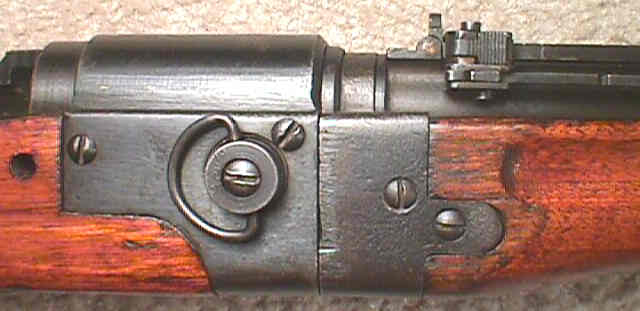
Picture number 701 (picture courtesy of Earl Battey) shows a closeup of the quick separation joint which allowed the rifle to be broken down into two parts.
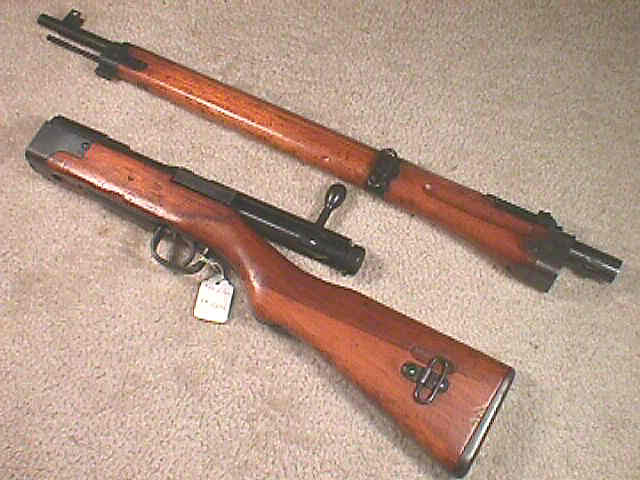
Picture number 702 (picture courtesy of Earl Battey) shows the rifle disassembled into two halves. This enabled paratroopers to store the rifle in a compact package.
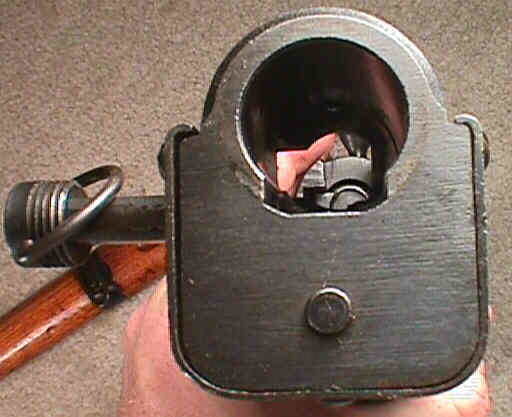
Picture number 703 (picture courtesy of Earl Battey) shows the front view of the receiver section.
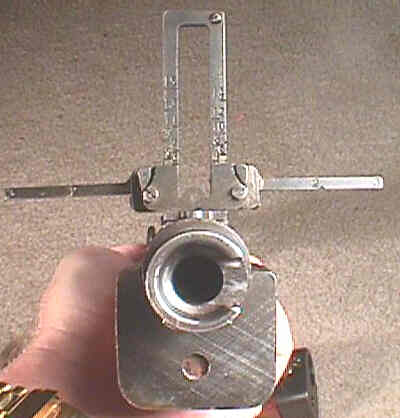
Picture number 704 (picture courtesy of Earl Battey) shows the rear view of the barrel section.
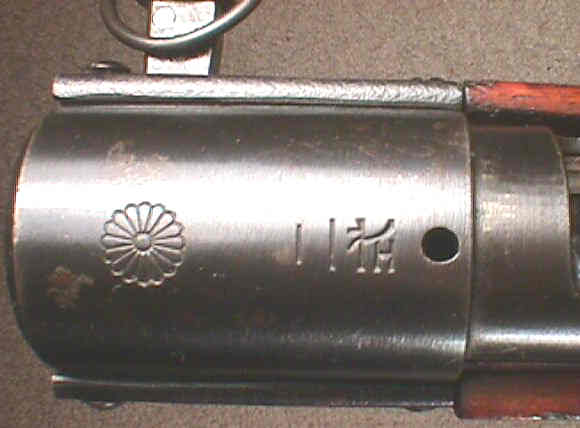
Picture number 705 (picture courtesy of Earl Battey) shows the markings on the top of the receiver ring.
To keep the 2 halves together after production, an assembly number scheme was used. This is described in the article
Japanese T-2 Paratroop Barrel Separation Joint Assembly Numbers